Back in 2016, César Escudero Andaluz and Martín Nadal hacked an old calculator and turned it into Bitttercoin “the worst Bitcoin miner ever”. Relying on a rudimentary technology, the machine takes an excruciatingly long time (estimated to an eternity) to validate the pending transactions in the blockchain. Meanwhile, the complex computational operations are printed on a seemingly endless scroll. I’ll be forever grateful to the two artists for creating a work that materialises so clearly the invisible calculations, physical dimension and ecological impact of blockchain technology. It’s one of those works that make your life easier when you have to explain an otherwise abstruse technological innovation.
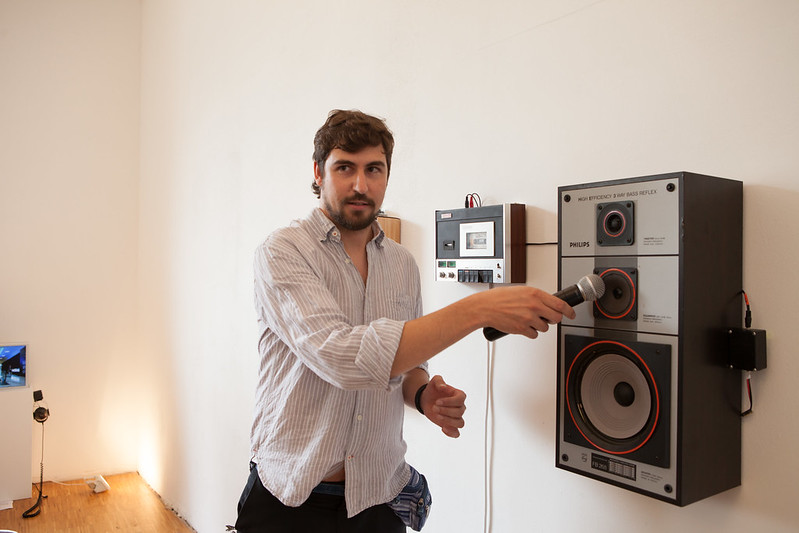
César Escudero Andaluz, Tapebook, 2014 Photo: Florian Voggeneder (CC-BY-NC-ND) Ars Electronica
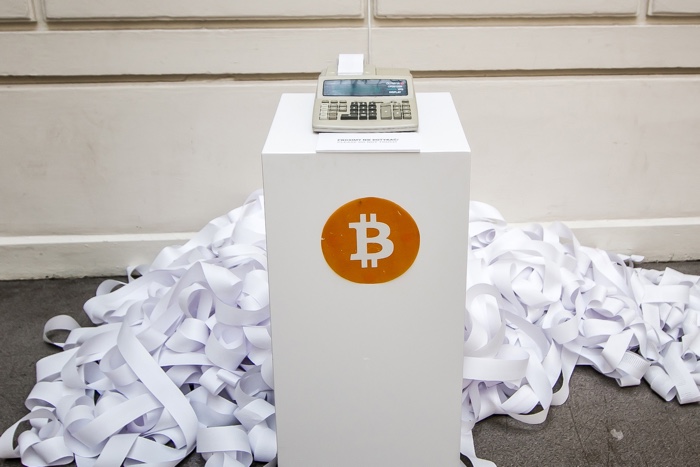
César Escudero Andaluz and Martín Nadal, BittterCoin. Photo by Marcin Maziej
César Escudero Andaluz, Bitcoin Miner Orchestra
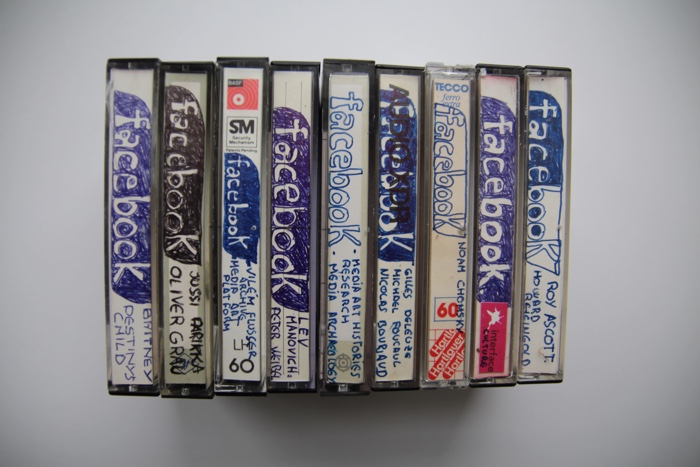
César Escudero Andaluz, Tapebook, 2014
Today I’m interviewing César Escudero Andaluz (hopefully one day, i’ll get to talk with Martín Nadal as well!) César is doing a Ph.D at the Interface Cultures department, Kunstuniversität Linz. His practice as an artist and researcher investigates Human-Computer Interaction, interface criticism, digital culture and its social and political effects. Although it always has elements of playfulness and humour about it, his work is grounded in the kind of socio-political interrogations that make our time so infuriating and stimulating.
The artist’s critical approach to technology can be found in works such as an orchestra of musical instruments that mine for Bitcoins, a 3D printable kit to cut undersea internet cables, a series of cassettes which audio emerges from the data extracted on the social media profiles of The Yes Men, Nuria Güell, Oliver Grau, Noam Chomsky, Alexei Shulgin, Lynn Hershman, Vuk Cosic, etc.
César Escudero Andaluz, Inter_fight
I caught up with the artist as he was busy writing essays and preparing shows:
Hi César! Inter_fight is a series of physical bots, of “DataPolluters”, that roam over touch-screens and mess with the user’s social networks, browsers and webs. Their function is to provide wrong information for tracking and website analysis and thus fight against Surveillance Capitalism. How about people who don’t have these helpful little bots? Can they too counteract the drive to monetise our everyday online gestures?
And wouldn’t the disorder created by these robots make the life of their user too confusing and complicated? Do we necessarily have to trade convenience for privacy and data ownership?
Hi Régine, thanks for your interest in my artistic practices and for your precise questions. The extraction and monetization of private data is a reality affecting all citizens of the world. On the internet and in normal life citizens need privacy, self-expression, voice, information, learning, social life, communication. As users we are aware of the social, political and economical impact of the actual technological generation and practices known as Big Data, and we need mechanisms to transform and benefit from these technologies.
Interfight (2015) is an example of critical artwork capable of obfuscating the mechanism of data capture and data analysis, but there are more interesting examples coming from hacker communities, Cypherpunks, political activists or Tactical Media movements. For example the art project Fango, Facebook Amazon Netflix Google Obfuscator developed by Martín Nadal in 2019 consist in a device with the appearance of a phone charger, and a microcontroller embedded inside, programmed to behave as a random bot able to take the control of the smartphone when the user loads it. Fango, is an example of Camouflage technology, hiding a second functionality behind the telephone.
Besides, there are many examples online, –forms of resistance and counter-strategies consisting of simple individual actions such as blocking, covering, isolating or disrupting signals as effective neutralization techniques.
For example, the webpage Internet Noise gives the opportunity to fake search history by opening automatically random tabs on Google searches website. Or TrackMeNot a browser extension that generates randomly and periodically queries to popular search engines, like Yahoo! or Google. Or with a similar name, Do Not Track (DNT) is a free and open-source browser extension created by the Electronic Frontier Foundation (EFF) able to block advertisements and tracking cookies or the plugin AdNauseam that clicks on every blocked ad, registering a visit on ad networks databases.
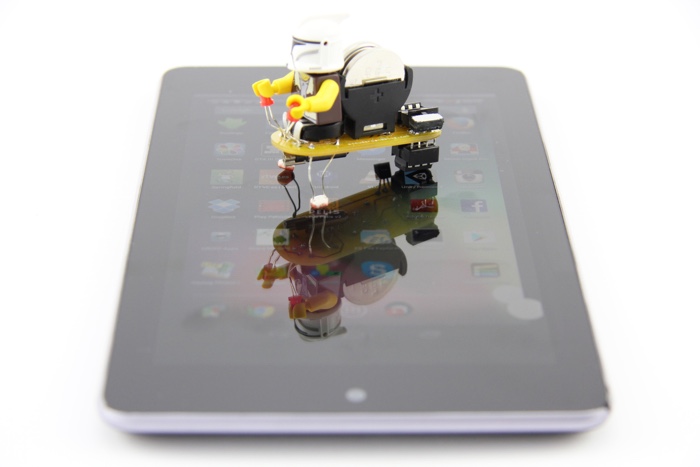
César Escudero Andaluz, Inter_fight
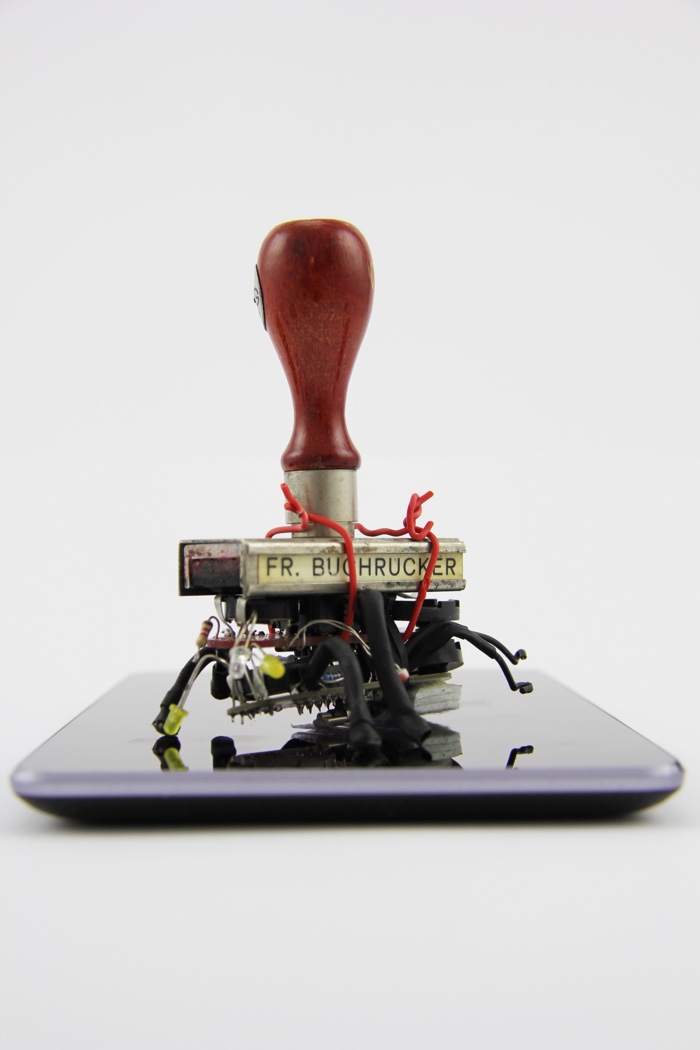
César Escudero Andaluz, Inter_fight
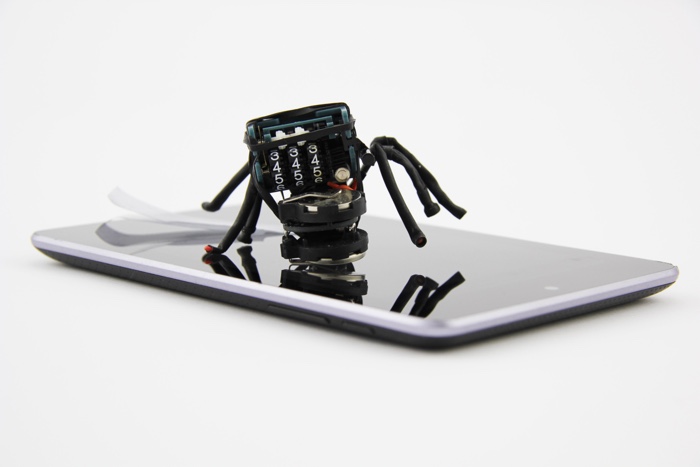
César Escudero Andaluz, Inter_fight
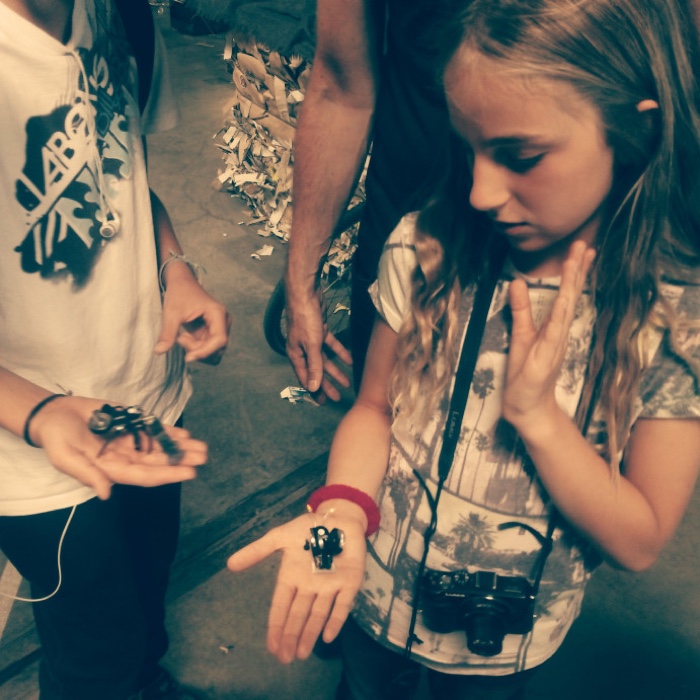
César Escudero Andaluz, Inter_fight
BitterCoin is a calculator machine hacked to be used as a miner validating the pending bitcoins transactions. The operations are displayed on the calculator screen and then printed. I’ve always liked BitterCoin. Mostly because the first time i looked at the video of the project i finally understood the bitcoin mining process and its impact on the environment. The project made the technology tangible and that’s something I desperately needed at the time. Do you know how much has changed in terms of speed, energy and computer power required to mine a single Bitcoin since you launched the project? How much these might have increased?
Wow! Thanks, that’s a very nice comment. :) Bittercoin, is a project developed in collaboration with Martín Nadal in 2016. For us it was very important to condense and visualize our research on the mining process and its environmental impact. As result we wrote “Critical Mining” published in the book Artist Re:thinking the Blockchain, 2017 by Ruth Catlow, Marc Garret, Nathan Jones and Sam Skinner. In “Critical Mining” we analysed the consequences of the bitcoin mining process in four aspects: Ideological, economical, technological and environmental.
Back to your question. Yes, Bitcoin miners have suffered a huge technical evolution. In 2009-2011 everyone could mine bitcoins with a normal computer, but the competition increased and CPU technology became obsolete, miners started to use more and more powerful and less energy-demanding hardware to follow economic sustainability. In 2011 CPU technology was mostly obsolete and the GPU technology took command. Just to make an estimation a GPU is 100 times faster than the first CPU. Then in 2012 FPGAs were a bit faster and since 2013 the ASICs technology especially designed for mining bitcoins is one million times faster than first CPU.
As mining has become progressively more efficient, simultaneously miners are becoming obsolete faster, generating even more waste. This infrastructure grows too fast with its energy implications. Today the Bitcoin network consumes the same electricity as a country like Austria. And we have to add the problem that most energy consumed by these miners come from coal-fired power plants located in China, with estimated annual emissions of almost 23 million tons of CO2 to the atmosphere and generating almost 310.97kg of CO2 per transaction.
Somehow, the Cypherpunk dream of building a distributed and equal system was pretty fast transformed in a hyper-capitalistic competition where the most expensive equipment and powerful technology have more opportunities to get the bitcoin reward. To visualize it or “make it tangible “ we decide to give life back to an old obsolete calculator machine and transform it into a modern Bitcoin miner.
In terms of efficiency we paid a lot of effort to develop the slower miner ever, Bittercoin is able to calculate one hash per ten minutes, consumes 80mA, Watts 220V * 0.08A = 17.6W and 10m of paper per hour.
In November 2018, the price of Bitcoin fell below 4000 euros, which forced some farms to close, while reducing the electricity needed to exploit Bitcoins. Current miners are less profitable. This has caused paradoxical situations, for example the Bitmain Antminer S15 miner developed in early 2019 will take 430 years to be profitable. Although we have put all our efforts to develop the worst miner ever, reality overcomes fiction; In terms of profits at that time Bittercoin, was the fifth better bitcoin miner.

César Escudero Andaluz and Martín Nadal, BittterCoin. Photo by Patricia Cadavid
César Escudero Andaluz and Martín Nadal, BittterCoin
I’m currently wondering about the carbon footprint of Blockchain technology and finding that several projects promise to use Blockchain in a “sustainable”, “eco-conscious” way but i’m wondering how realistic it is. Do you have any idea about this possibility of a “green blockchain”? Are these promises mere greenwashing?
In the beginning there were some crypto-optimist building farms powered by wind or solar panels, that’s happened when the competition wasn’t so high, and a simple CPU could validate transactions and get the reward of bitcoins. They didn’t succeed.
On the other hand, the Proof of Stake proposed by Ethereum reduces the competition, but also the distributed idea behind the Blockchain.
From the art field there are some project such as Harvest (2017) by Julian Oliver, a Miner powered by wind generator, or Terra0 that proposes to create a forest self-managed by a DAO, (Decentralized Autonomous Organization) that manages land areas through a “Smart Contract” in Ethereum Blockchain.
I consider Blockchain an experiment in an early phase, probably the next generation of digital ledgers will solve all these problems.
You designed a 3D printable cutting tool for submarine fiber-optic cables! I suspect this project has provoked a few heart attacks. Other artists have pointed to the vulnerability of communication infrastructures but [FUCK-ID] goes even further by suggesting most people’s worst nightmares (the possibility of being disconnected, the vulnerability of critical infrastructures) is just a few .stl files away. What kind of debates and reactions were you hoping to trigger with this work?
FUCK-ID is an artwork in the context of critical thinking and speculative design. Inside this context is launching questions like: Why is the Internet dominated by political and economical alliances? Why is it organized and controlled to favour mass-surveillance and the interception of “Big Data”? Why do we have this situation of massive control and surveillance? Why can’t citizens control the destination of the data they produce? FUCK-ID never have had bad reactions, probably because is presented always in an art context, most people laugh when they see it. But out of the art context we can find for example the first 3D-printable firearm handgun The Liberator, created by Cody Rutledge Wilson. The Liberator could be considered a critical artwork acting as a trigger to visualise a real fact involved with the creation, seriation and distribution of arms and its black market.
In response, the artists Kyle McDonald launched in 2013 Liberator Variations borrowing the idea from “One coffee cup a day” producing several variations of the original file, sharing the idea that 3D printed gun file is not something to be feared, but treated critically, carefully, humorously, seriously. In McDonald’s words: “When something is impossible to regulate, it makes more sense to focus on education and discussion than censorship”.
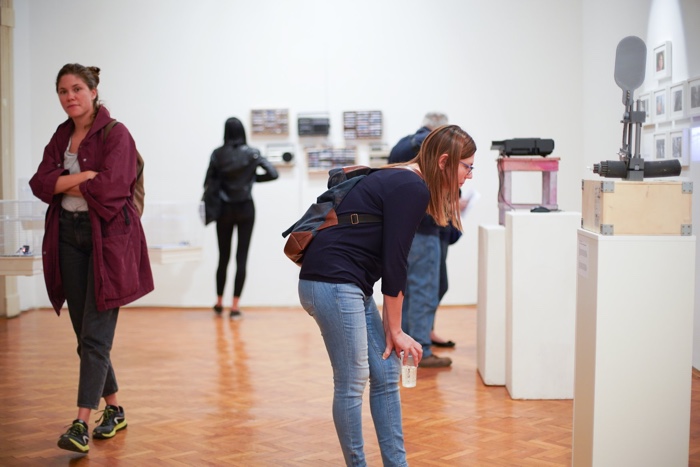
F.U.C.K.- ID. Free Universal Cut Kit for Internet Dissidence. Photo: Kristijan Vučković
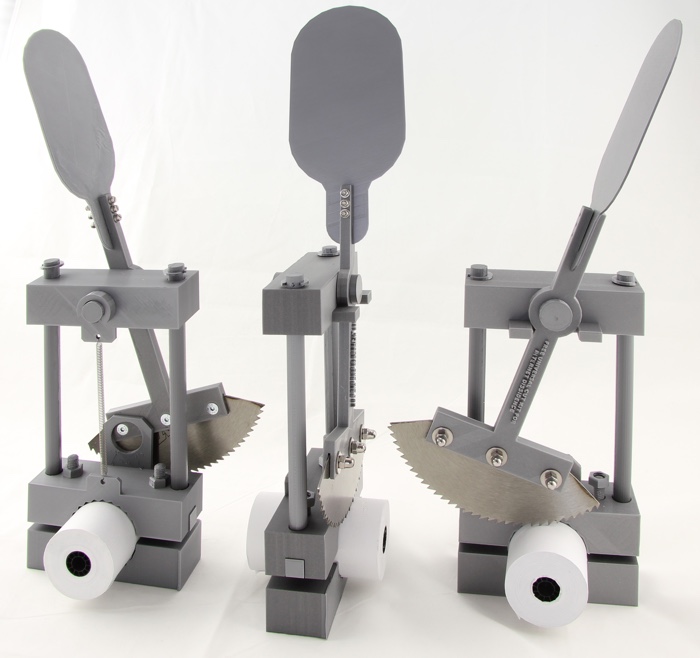
F.U.C.K.- ID. Free Universal Cut Kit for Internet Dissidence. Photo: Kristijan Vučković
The Cryptocene diagram you created together with Martín Nadal is impressive. If i understood correctly, it charts the respective stories and interconnections between surveillance and the monetisation of knowledge on the one hand and resistance to these forces on the other. You define the Cryptocene“ as a period of time featured by a significant use of cryptographic systems and its impact on the surface of the Earth with ecological, economical and political consequences.” I think your other works related to blockchain/bitcoin explore the ecological aspect but how about the political ones? Can you develop the kind of impact the cryptocene is already having and might soon have on politics?
First, I need to mention that the diagram was supervised and developed within the framework of the workshop Research Values 2018 at Transmediale and published in the open access research journal APRJA, initiated by Christian Ulrik Andersen and Geoff Cox, Søren Pold and Winnie Soon.
The Cryptocene diagram is full of political content, in fact, there is so much content that I don’t know how to start talking about. In it we describe a journey through the history of cryptography, from Mesopotamia to beyond the Blockchain development.
Cryptography has always been a weapon in the service of knowledge and power. It has been used to conceal messages in war, in business dealings and politics. Cryptography has been a monopoly at the service of the government. In 1988 Timothy C, wrote the crypto-anarchist manifesto, –a premonitory text in which cryptography redefines the power structures within society, especially between individuals and governments. Crypto-anarchism refers to the policy based on cryptographic methods. Also in the late 1980s, the vision of protecting privacy and anonymity was embodied in an activist movement called Cypherpunk.
Eric Hughes in the Cypherpunk Manifesto (1993), makes an analogy between privacy and secrecy to defend the rights of open society to point out that privacy is the power to selectively reveal itself to the world. But probably one of the most relevant events in the defence of strong encryption for public use was the publication of PGP (Pretty Good Privacy) by Phil Zimmermann in 1991. Zimmermann distributed a freeware version of PGP when he foresaw the threat of legislation, which would require the creation of backdoors in all cryptographic solutions developed within the USA. PGP is used to sign, encrypt and decrypt texts, emails, files, directories and entire disk partitions, as well as to increase the security of email communications.
César Escudero Andaluz and Martín Nadal, Bitcoin of Things (Bot)
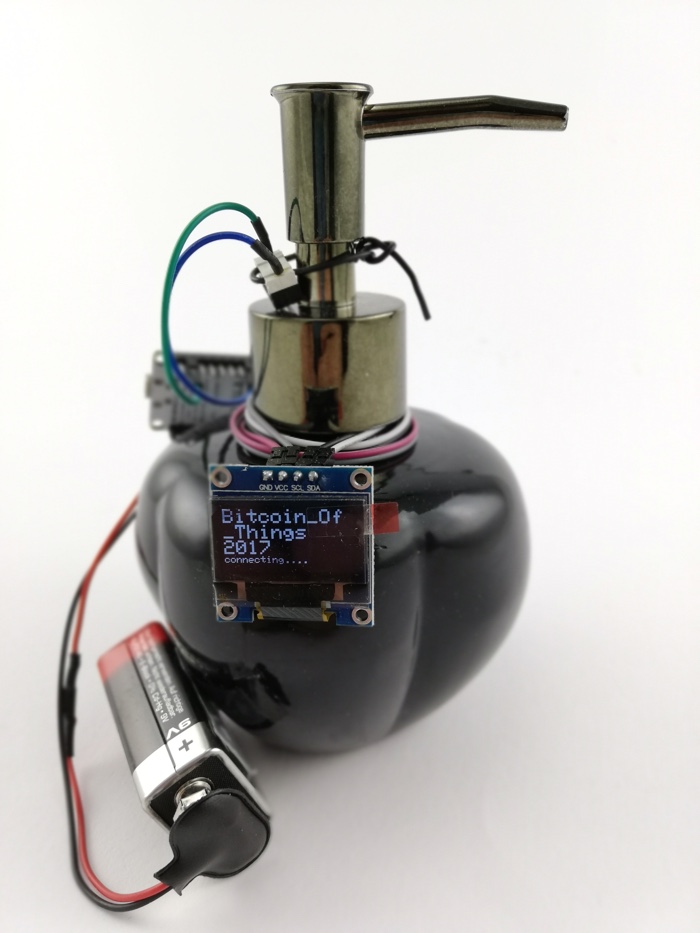
César Escudero Andaluz and Martín Nadal, Bitcoin of Things (BOT). Images by Janez Janza in Aksioma, Critical Tiggers exhibition and workshop
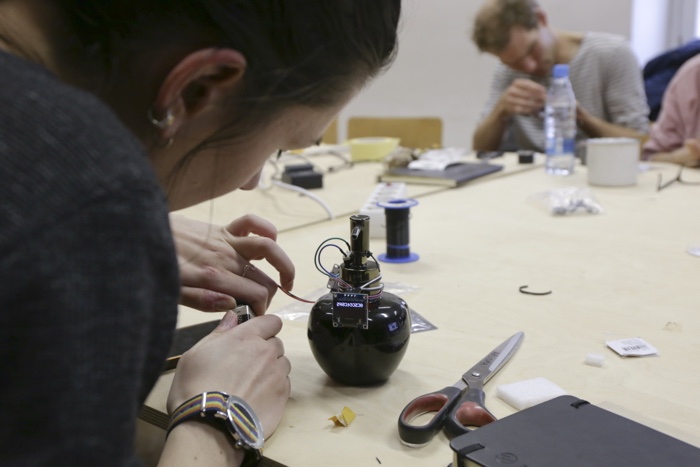
César Escudero Andaluz and Martín Nadal, Bitcoin of Things (BOT). Images by Janez Janza in Aksioma, Critical Tiggers exhibition and workshop
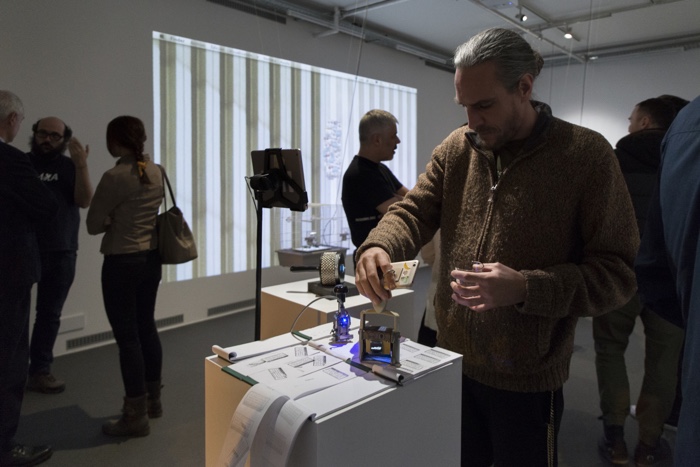
César Escudero Andaluz and Martín Nadal, Bitcoin of Things (BOT). Images by Janez Janza in Aksioma, Critical Tiggers exhibition and workshop
Together with Nadal, you also run successful Bitcoin of Things (BoT) workshop that show participants how to build their own playful bitcoin miner. How approachable are the workshops? how much practical knowledge about technology do you need to have when you enrol?
What were the most interesting/amusing/surprising examples of bitcoin miners created during these workshops?
Martin and I joined forces to carry out a workshop suitable for all participants, without the need for prior knowledge.
We consider it like an expanded artwork. Our main interest is to communicate the result of our research.
Every single object has its own connotations and opens dialogs I could not choose one in particular.
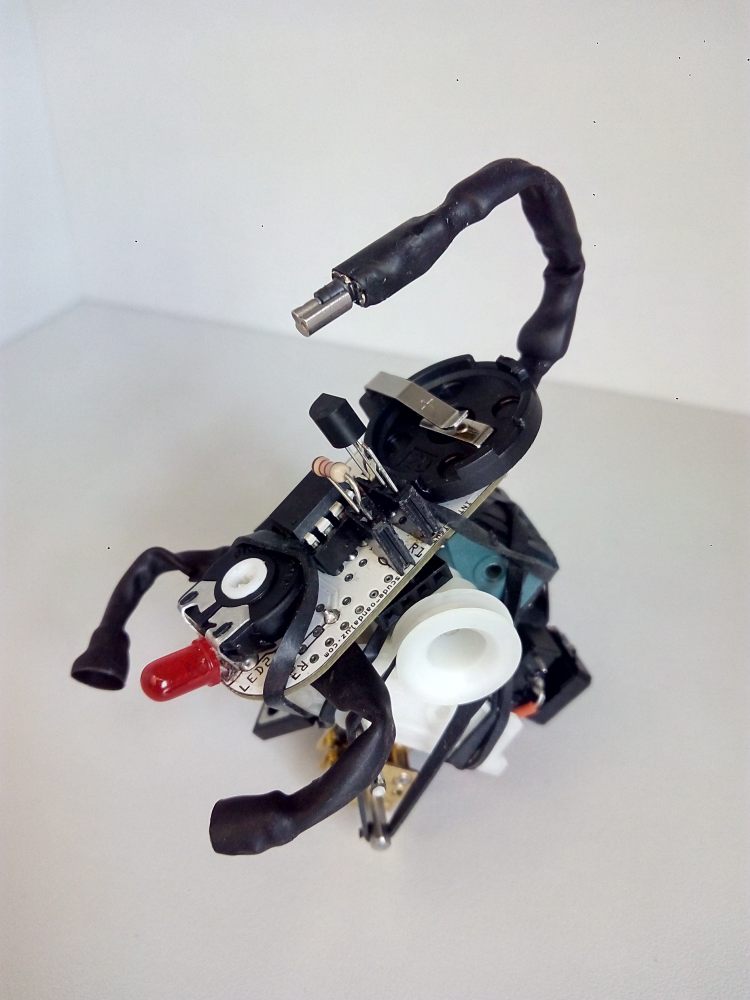
César Escudero Andaluz, Data Polluters
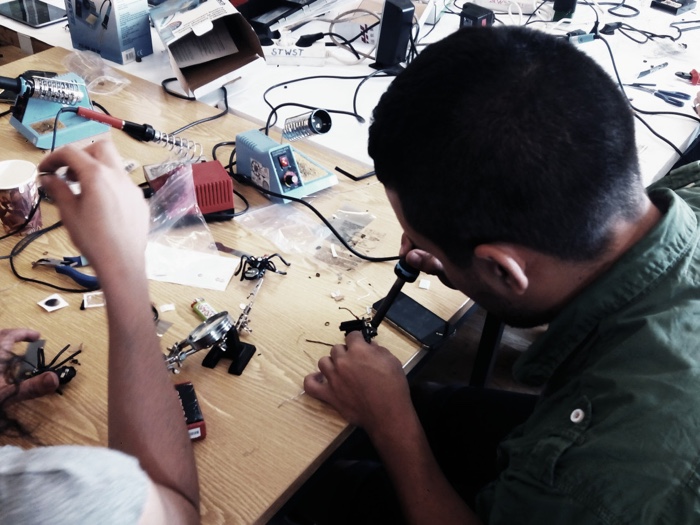
César Escudero Andaluz, Data Polluters
Any other upcoming events, fields of research or projects you could share with us?
I am working in a new project together with the Slovenian activist Tomo Kriznar, Bojana Pivk Križnar, Masa Jabez and Martín Nadal in collaboration with Trbovlje new media setting and RUK to create devices to provide a network of communication in Nuba, South Sudan.
Also with Martín we will show our last research about art and blockchain in MoneyLab#8, 24 & 25th of March, organized by Aksioma and Institute of Network Cultures together with artists and researchers such us Evgeny Morozov, Max Haiven, DYNE.ORG (Denis “Jaromil” Roio, Jaya Klara Brekke, Demystification Committee, Martin Zeilinger, Patrice Riemens, Pirate Care (Marcell Mars, Tomislav Medak, Valeria Graziano), RYBN, Sašo Sedlaček and others.
Thanks César!
If you want to read more from César, i’d recommend reading the essays he wrote on topics such as art, activism, data-caption, distributed infrastructures, Graphic User Interface, etc.
